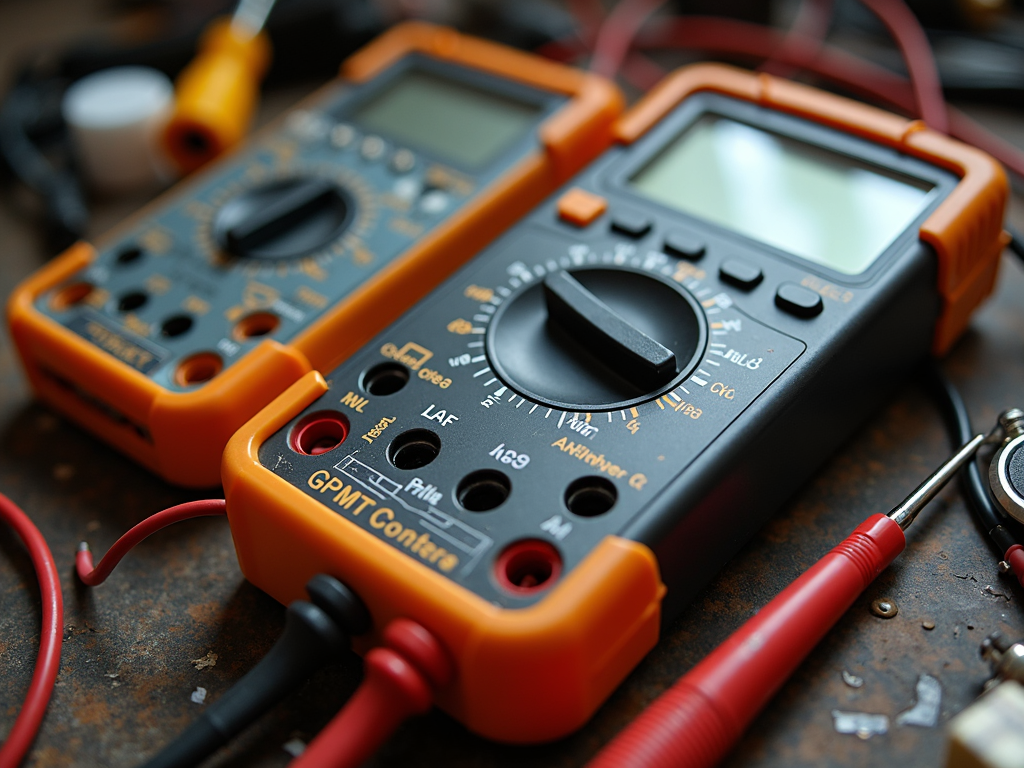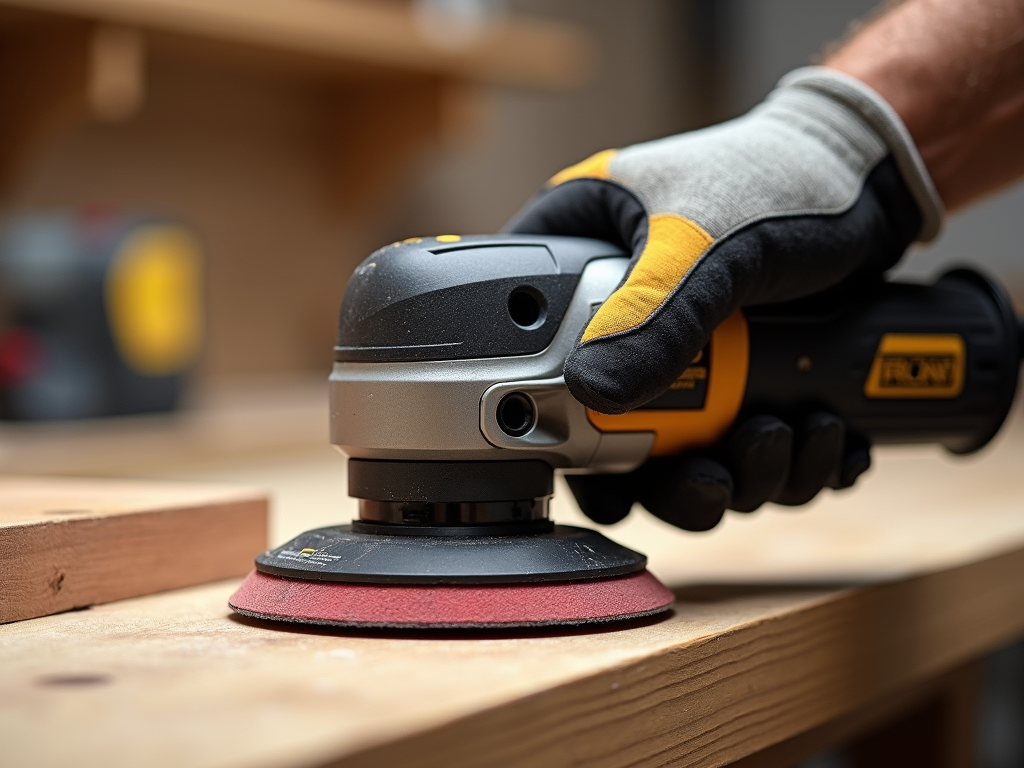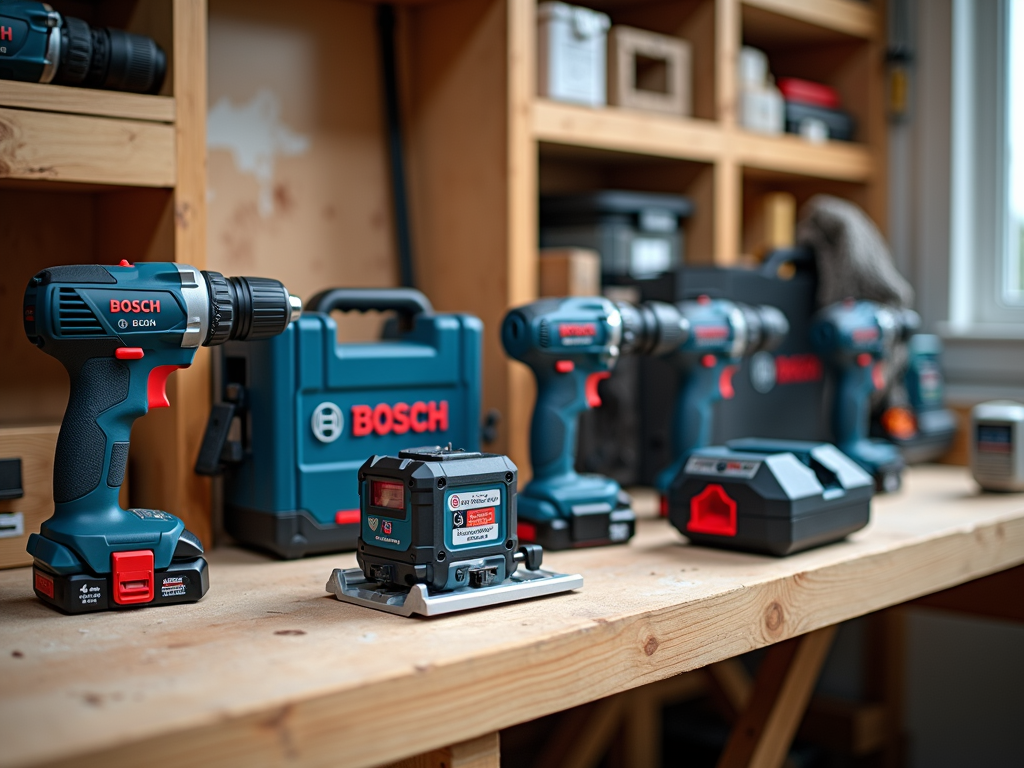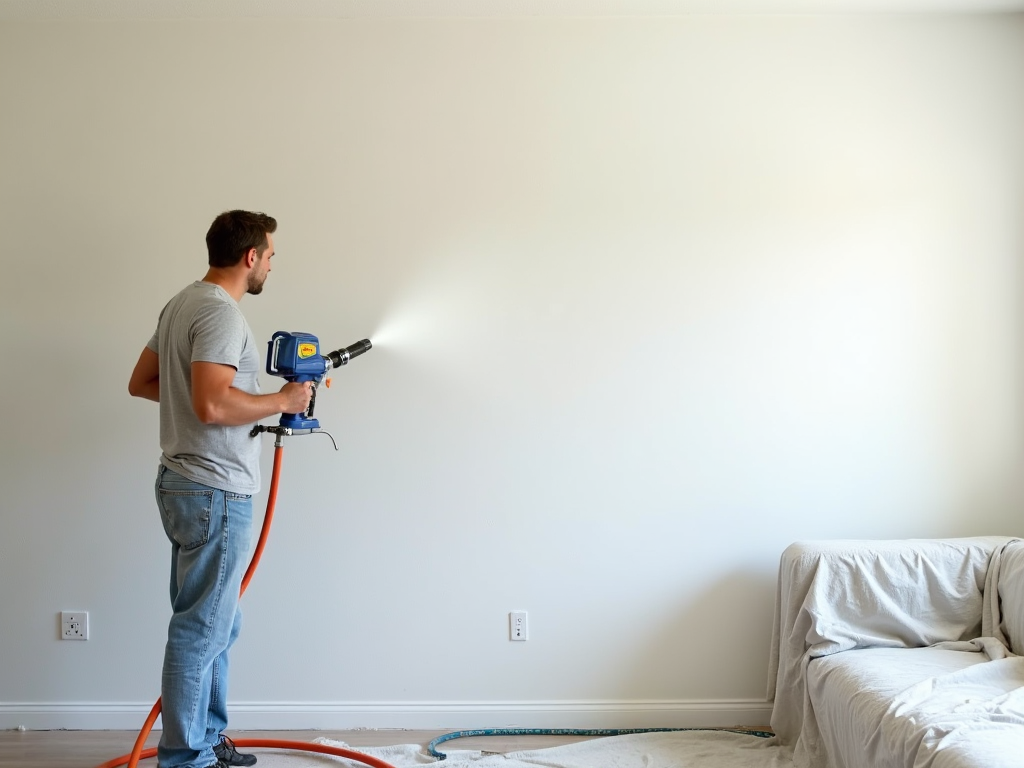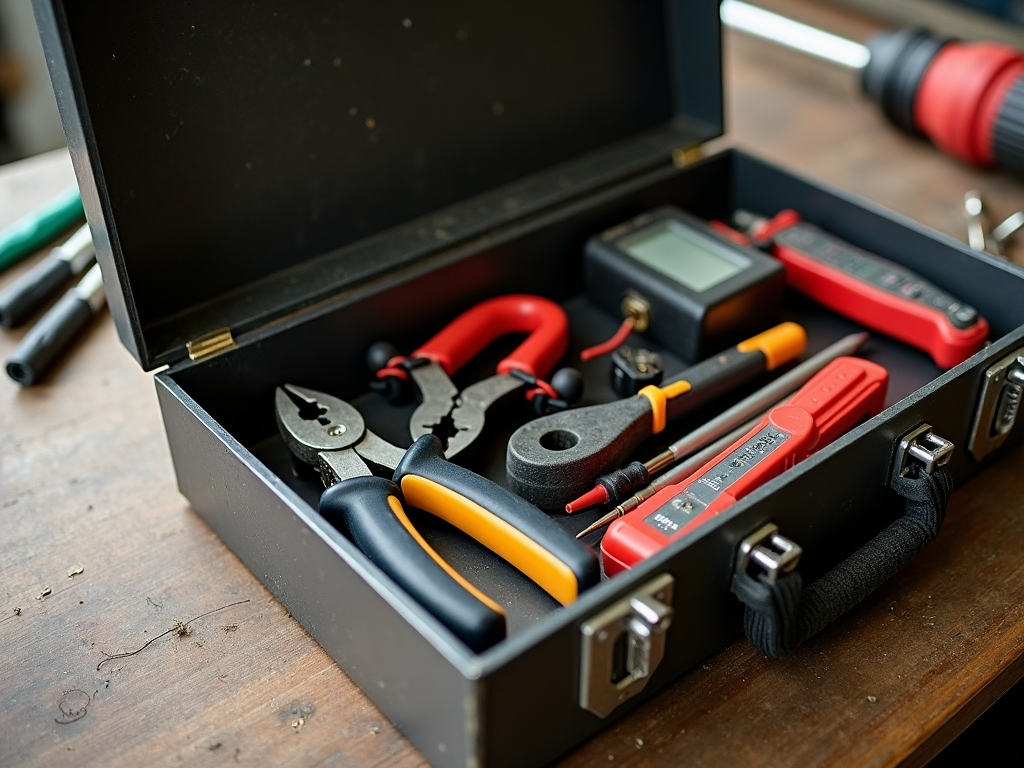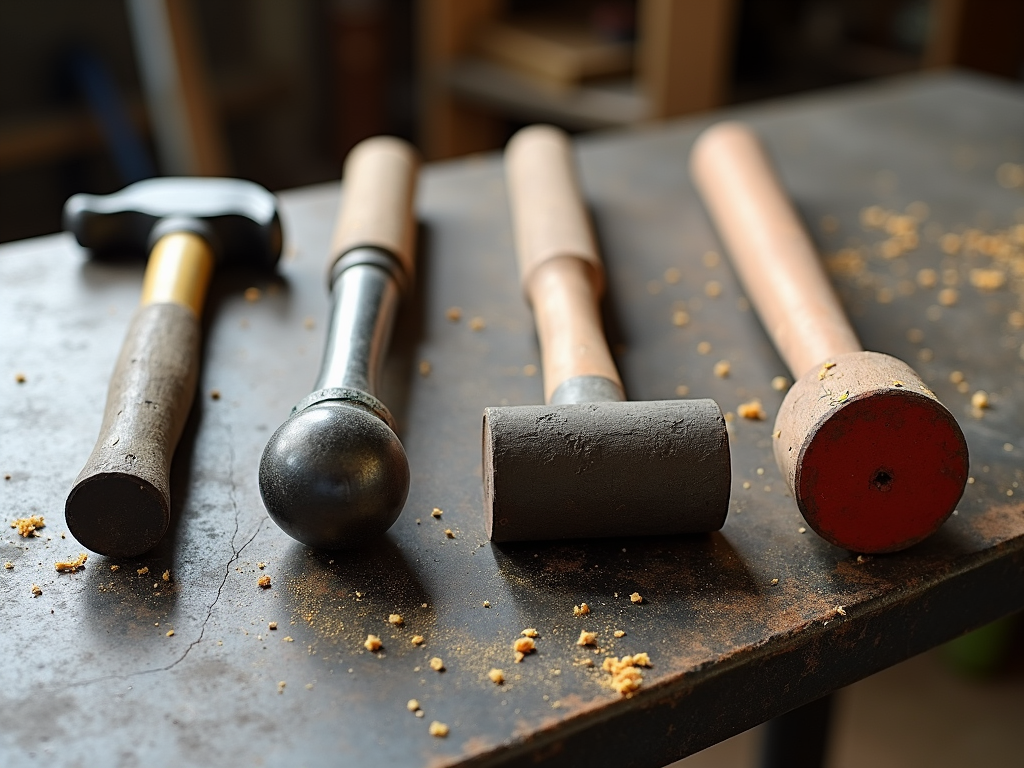Electrical problems can pop up unexpectedly, but the right tools make all the difference. Whether you’re a seasoned electrician or a weekend DIYer, having reliable electrical tools for troubleshooting and repair is key. This guide covers the essentials, offering practical advice and real-world insights to help you tackle issues with confidence.

Why You Need Electrical Tools
Electrical tools aren’t just handy—they’re a necessity. They keep you safe while helping you pinpoint and fix problems fast. From spotting a dead outlet to repairing a faulty switch, these workman tools save time and prevent bigger headaches. Let’s look at why they matter and which ones you should have.
Top Electrical Tools for Troubleshooting and Repair
Here’s a rundown of the must-have tools and how to use them:
- Multimeter
- What It Does: Checks voltage, current, and resistance.
- How to Use It: Test circuits to find faults like shorts or breaks.
-
Pro Tip: Set it to the highest range first to protect the device.
-
Voltage Tester
- What It Does: Shows if power is present without touching wires.
- How to Use It: Hold it near a wire or outlet to check if it’s live.
-
Pro Tip: Go non-contact for extra safety.
-
Wire Strippers
- What It Does: Cuts insulation off wires cleanly.
- How to Use It: Strip wire ends for connections or fixes.
-
Pro Tip: Pick one with size settings for versatility.
-
Pliers
- What They Do: Grip, bend, or cut wires (needle-nose for precision, lineman’s for tough jobs).
- How to Use Them: Twist wires or snip excess.
-
Pro Tip: Get insulated handles to stay safe.
-
Insulated Screwdrivers
- What They Do: Tighten or loosen screws on electrical gear.
- How to Use Them: Work on outlets, switches, or breakers.
-
Pro Tip: Keep a variety of sizes handy.
-
Circuit Finder
- What It Does: Links outlets to their breakers.
- How to Use It: Plug it in to trace the circuit.
-
Pro Tip: Mark your breaker panel afterward.
-
Fish Tape
- What It Does: Pulls wires through walls or pipes.
- How to Use It: Feed it through and attach the wire.
-
Pro Tip: Add a little lubricant for smooth pulls.
-
Electrical Tape
- What It Does: Covers and protects wire connections.
- How to Use It: Wrap splices tightly.
- Pro Tip: Use quality tape that won’t peel off.

How to Troubleshoot Like a Pro
Having electrical tools for troubleshooting and repair is step one—using them right is step two. Here’s how to do it:
- Stay Safe: Shut off power at the breaker before you start. Wear gloves and use insulated tools.
- Check the Basics: Use a voltage tester to confirm no power, then a multimeter to test connections.
- Work Step-by-Step: Follow the circuit from the source to the problem spot.
- Take Notes: Write down what you find—it’ll help later.
- Practice: Start small if you’re new, like fixing a loose outlet, before moving to bigger jobs.
A Lesson from Experience
Once, I helped a neighbor with a buzzing outlet. I grabbed my multimeter and found a loose wire causing the issue. With my insulated screwdriver, I tightened it up, and the buzzing stopped. It took 10 minutes, but without those tools, we’d have been stuck—or worse, in danger. That’s why I always keep my workman tools ready.
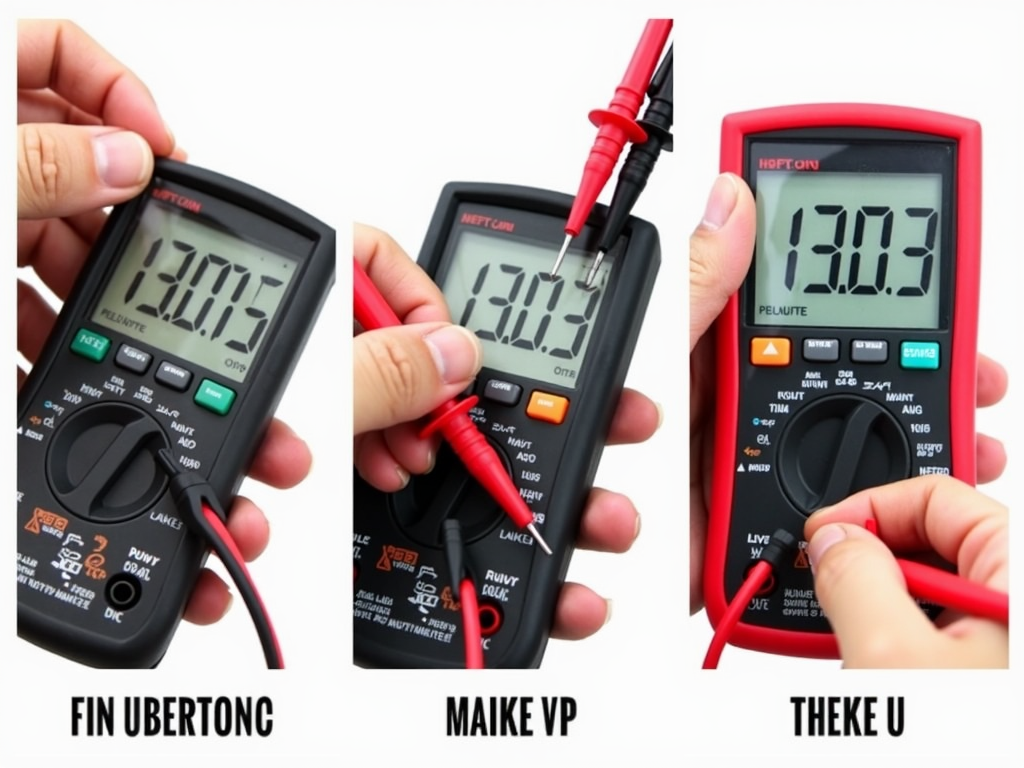
Tools for the Pros
Basic electrical tools cover most home fixes, but pros might need more:
- Oscilloscope: Reads signal patterns for tricky electronics.
- Thermal Camera: Spots hot spots in wiring or panels.
- Power Analyzer: Checks power quality for big systems.
These take skill to use, but they’re game-changers for complex repairs.
Tool Comparison Table
Here’s a quick look at popular brands for key tools:
| Tool | Brand A | Brand B | Notes |
|---|---|---|---|
| Multimeter | Fluke | Klein | Fluke’s more durable |
| Voltage Tester | Extech | Milwaukee | Milwaukee’s easier grip |
| Wire Strippers | Irwin | Knipex | Knipex cuts cleaner |
Pick what fits your budget and needs—quality matters!

Keeping Your Tools in Shape
Good tools last if you treat them right:
- Clean Them: Wipe off grime after every job.
- Store Smart: Use a dry toolbox to avoid rust.
- Check Accuracy: Test multimeters yearly for reliable readings.
- Look for Wear: Replace anything cracked or frayed, especially insulation.
A little care goes a long way.
Extra Tips for Success
Want to shine at troubleshooting? Try these:
- Learn the Basics: Watch free videos from sites like Electrical Safety Foundation to build skills.
- Label Everything: Mark wires and breakers as you go.
- Stay Updated: New tools come out all the time—keep an eye on trends.
These habits make repairs smoother and safer.
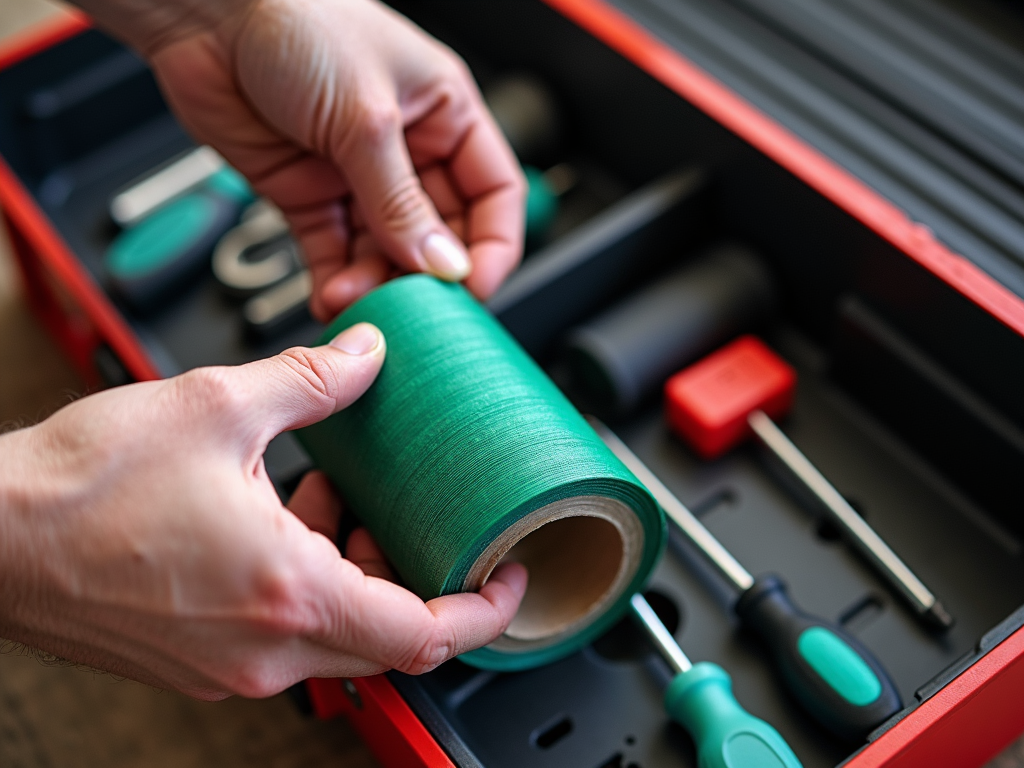
Wrapping It Up
Electrical tools for troubleshooting and repair are your best allies against wiring woes. From multimeters to fish tape, they help you work smart and stay safe. Keep them in good shape, use them wisely, and you’ll handle any job like a pro. Check out the recommended readings below for more tips!
Related electrical tools for troubleshooting and repair:
- How to Pick the Right Multimeter for You
- The Future of Industrial Automation: How AI and Advanced Tools Are Shaping Tomorrow's Factories
- Mastering Rotary Tools for Artistic Creations: From Sanding to Polishing and Beyond
- Revolutionizing Painting: Innovative Tools for Efficiency and Creativity
- Toolbox Maintenance: A DIY Guide
- Choosing the Right Wood: Essentials for Woodworkers
- How 3D Scanning is Transforming Construction Planning
- Precision with Bosch: Elevate Your Workshop
- The Benefits of Using Paint Sprayers: A Must-Have Tool for Every Painter
- Healthy Habits for Hard-Working Tradespeople: Staying Fit, Safe, and Comfortable on the Job
- Essential Workman Tools for Electrical Work: Your Ultimate Guide
- Guide to Essential Tools for Beginners
